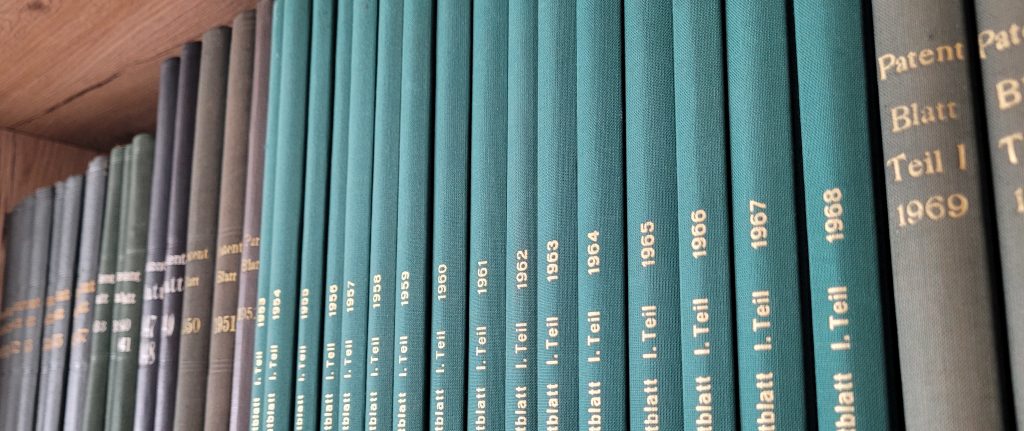
Patents are granted for technical inventions if they are new, do not result in an obvious way from the state of the art for a person skilled in the art (inventive step) and are susceptible of industrial application. These requirements are checked by the patent office during the application procedure. In particular, the relevant state of the art is researched and compared with the filed invention with regard to novelty and inventive step. Publications by the applicant before the filing date can also be used in this examination. Publication of an invention should therefore always take place after the filing of a patent application in order not to inadvertently prevent the possibility of patenting.
After positive completion of the examination procedure, a patent is granted and published, which enables the patent holder to exclude third parties from operationally manufacturing, placing on the market, selling or using the invention as well as from importing or possessing the subject matter of the invention for the purposes mentioned. Patents can be granted for devices as well as processes and have a maximum term of 20 years. Fees must be paid regularly to maintain a granted patent.
If patent applications are not withdrawn beforehand, they will be published no later than 18 months after the filing date, regardless of the course of the examination procedure. As a result, in exchange for a temporary monopoly, the state of the art is expanded to include the technical teaching published in the application.
After a patent has been granted, it can be challenged during its entire term via an opposition (shortly after grant) or a nullification request which can lead to the patent being canceled.
